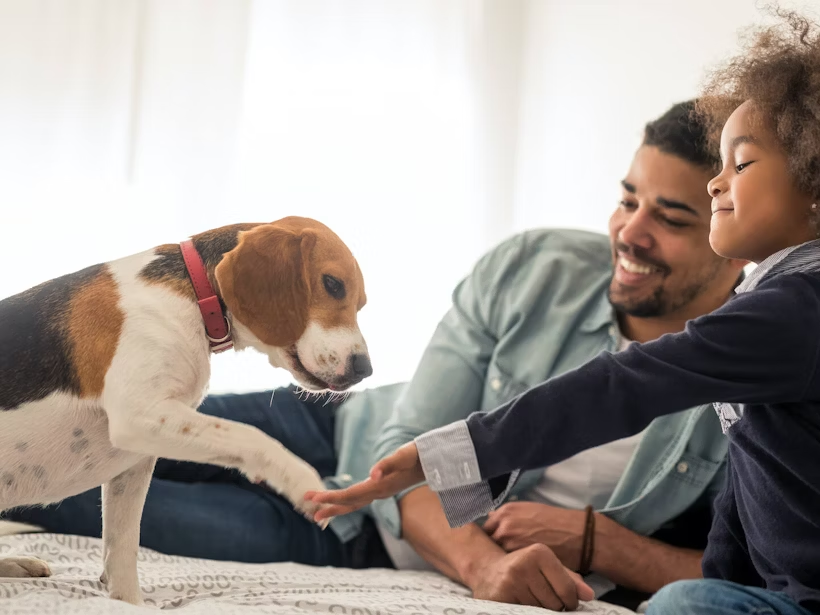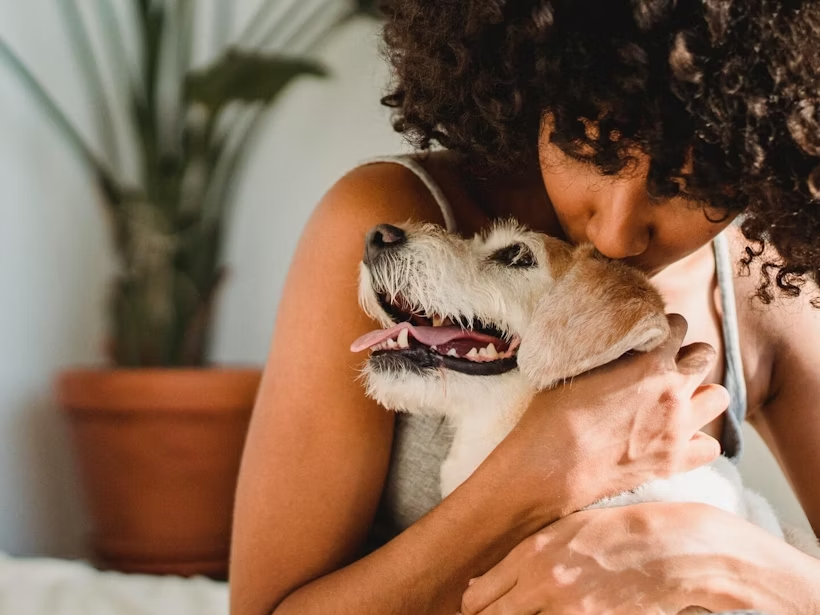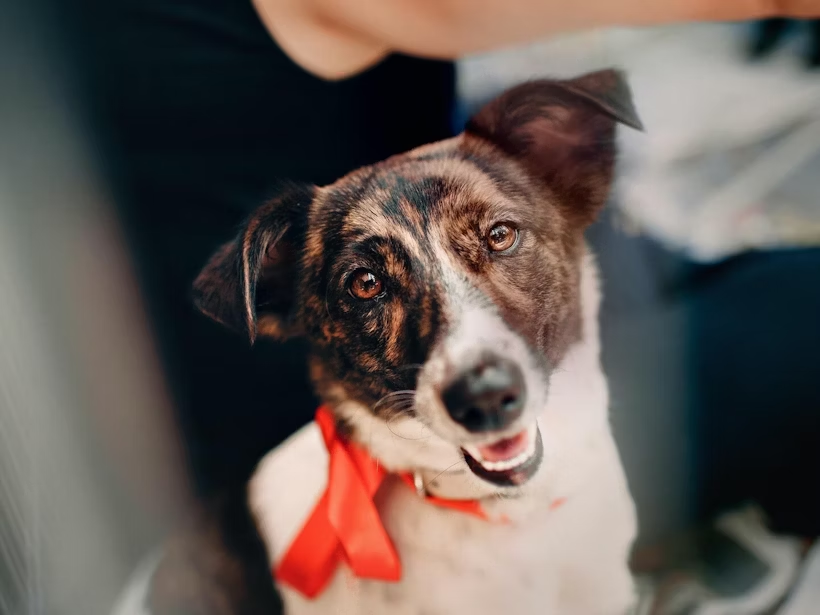Why is it important to choose the right dog breed?
Figuring out the best dog breed for you is both fun and very important. Some dogs might be perfectly suited for your situation, whereas others… Well, let’s just say that a mismatch wouldn’t be good for you or your dog.
To help you make an informed and confident selection, here’s some guidance on breeds that are often a good match for common scenarios.
Note: Interested in adopting? Some shelters use Wisdom Panel™ dog DNA tests to identify the ancestry of their mixed breeds. So, even if you’re not planning to get a purebred, we think you’ll find the following information helpful.
What should I consider when choosing a dog breed?
Before you start the search for a breed that’s right for your lifestyle, you’ll want to take into account several important factors.
- The dog’s exercise needs. All dogs need exercise, but the amount they require each day varies. Think about how much you can realistically provide (either by exercising your dog yourself, or by supplementing with dog walkers or doggie daycares) and use that information to narrow your search.
- The dog’s temperament. Through selective breeding, dog breeds have been developed to possess specific temperaments. For example, some breeds are skeptical of strangers and very protective of their people, while others are social butterflies that generally like to make friends. Some dogs are strong-willed while others are more eager to please. Understanding the temperaments of different breeds will help you find a good match for your family.
- The dog’s grooming requirements. Regular grooming helps dogs stay healthy and comfortable—but the amount of grooming different breeds require varies. Some breeds with long ears, such as Cocker Spaniels, or dogs with a predisposition to environmental allergy such as Labrador Retrievers, may be more prone to ear infections. So while all dogs should have their ears regularly checked and cleaned as needed to remove dirt or debris, certain breeds are more likely to need frequent cleaning or treatment. Coat maintenance can also vary widely. Some short-haired breeds, like Bull Terriers, can often get away with minimal brushing, while some long-haired or curly-coated dog breeds require daily brushing to prevent mats and tangles, and regular trims to keep them looking and feeling their best. And dogs with thick undercoats like Newfoundlands and Golden Retrievers? Be prepared for a lot of shedding (and brushing and vacuuming) when seasons change and they blow their coats.
- The dog’s adult size. There are a few important considerations when it comes to size. First, does your home or apartment (or your car, if you like to take road trips with your dog) have ample room for a large dog? If not, a smaller breed may be a better fit. Size is also important to consider if you have kids in the house. A large, rambunctious breed may inadvertently knock over small children, or be too difficult for a younger child to manage if they are tasked with leash walking the family pet. Conversely, very small dog breeds may be too fragile for over-zealous kids who have not yet learned boundaries. Our breed library makes it easy for you to look up a dog breed’s adult size. For mixed breed puppies, a Wisdom Panel DNA test can give a predicted adult weight range.
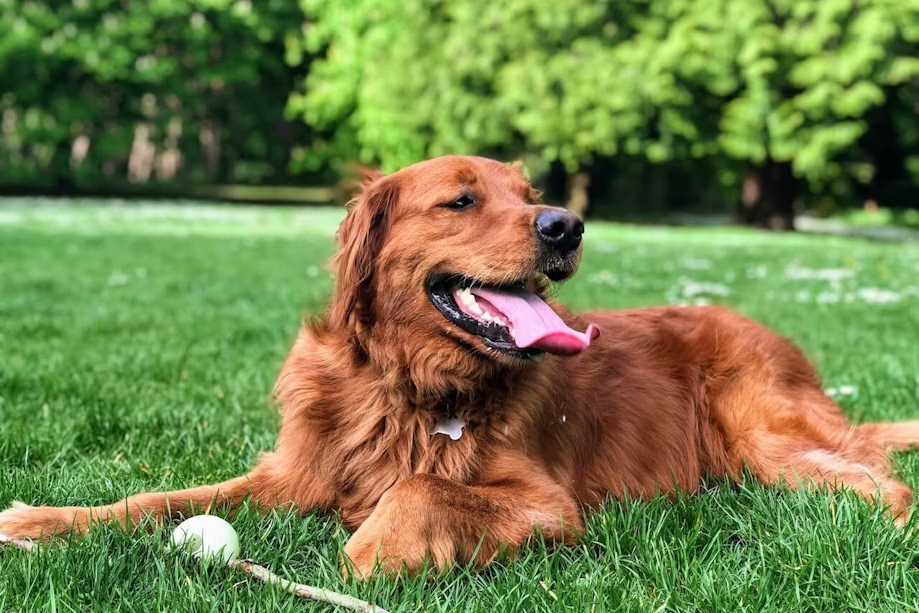
Find the Best Dog Breed For Your lifestyle
Dog breeds for first-time owners
Even for veteran pet parents, caring for a canine can sometimes be a challenge. So—if this is your first dog—do yourself a favor and choose a breed that’s easy to train and known for its agreeable nature.
Best dogs for first-time owners include:
You may also want to think about adopting an adult dog. Though you’ll miss the adorable puppy stage, you’ll also miss the making-a-lot-of-messes puppy stage.
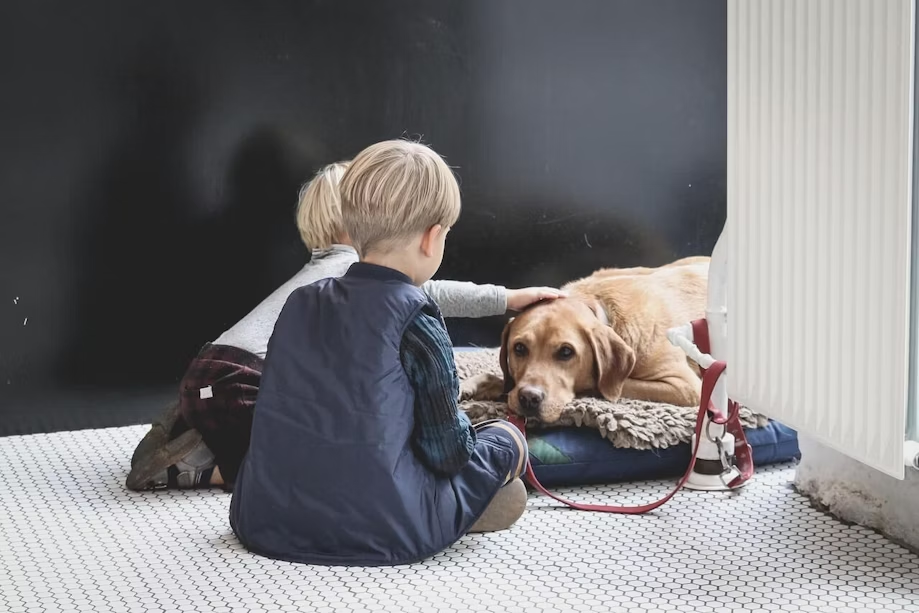
Family-friendly dog breeds
Before you bring a pup into your pack, you need to make sure they’ll play nice with the rest of the family. And if you have younger children, you’ll want a sturdy dog that can handle the inevitable rough-housing.
Some of the best dogs for kids and families include:
These breeds typically make for gentle, easygoing companions who don’t play favorites. For more suggestions—as well as a few breeds to avoid—check out this guide from The SprucePets.
Note: For safety reasons, please always supervise any playtime between your pup and children, and teach your kids the right way to interact with dogs. Children don’t always pick up on subtle cues that a dog has had enough.
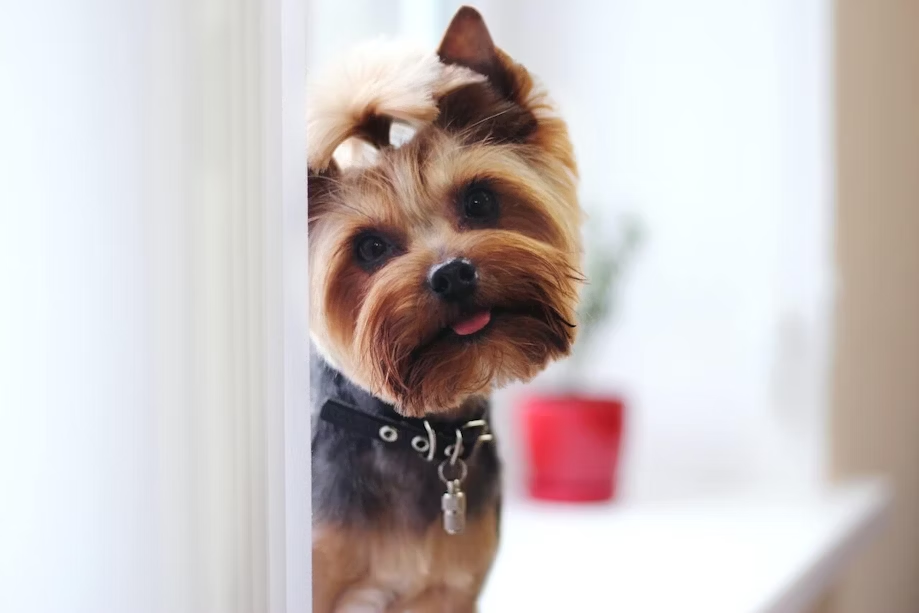
Hypoallergenic dog breeds
If you’re sensitive to pet dander, hypoallergenic dog breeds may be best for you.
Truthfully, no dog is 100% hypoallergenic. But many dogs create less of an allergic response because they shed less or don’t even have hair (e.g., American Hairless Terrier, Xoloitzcuintli). Also, dogs with furnishings, or a prominent beard and eyebrows, shed less in general. These include most curly-coated and wire-coated breeds.
And less shedding and hair = less dander to trigger allergies.
Besides the hairless dogs above, breeds considered hypoallergenic include:
Did you know? Wisdom Panel™ tests can detect whether a dog is more likely to shed based on whether they carry a reduced shedding gene variant.

Dog breeds for apartment living
The size of your home (and yard) is an important factor when deciding what kind of dog you should get. In general, the smaller your property is, the smaller your dog should be.
Therefore, some of the best dog breeds for apartments include:
For more ideas, browse our Breed Library by “dog size.”
If you’re set on a bigger dog, there are a few that tend to be relatively subdued for their size—including Whippets, Greyhounds, and (amazingly) Great Danes. The catch is that when they do want some physical activity, they generally want to run hard and fast.
Remember that all dogs need some exercise. And when they don’t get it, they may develop destructive tendencies (such as chewing the baseboards or digging up the flower beds).
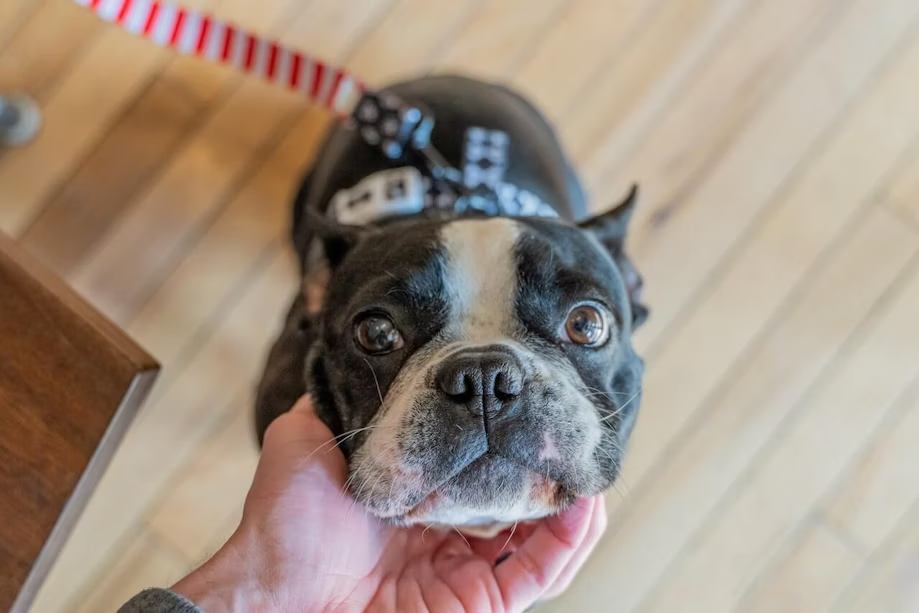
Friendly dog breeds
Most dogs are friendly by nature. (We call them “man’s best friend” for a reason!) But if you often have guests over to your home or envision taking your pup to populated areas one day, you need a dog that’s every bit the socialite you are.
All of the family-friendly dog breeds listed above qualify. In addition to those, social dogs include:
- Staffordshire Bull Terrier
- Boston Terrier
- Boxer
- Pug
- Newfoundland
- Pembroke Welsh Corgi
- Brittany
- English Springer Spaniel
- Keeshond
- Pomeranian
- Samoyed
Keep in mind, though breed influences how a dog acts around people, it’s only one factor. Puppy socialisation also plays a major role.

Energetic dog breeds
If you have an active lifestyle, you’ll likely want a pup that can keep up—whether you’re running, swimming, hiking, or just taking a long walk. Working terriers, herding breeds, large scent hounds, and sporting breeds—particularly the pointers—are all good choices.
The best dogs for active lifestyles include:
Note: For some dogs, strenuous activity can be dangerous. Before exercising your dog, we recommend testing for Exercise-Induced Collapse (EIC) and other health conditions with Wisdom Panel™ Premium.
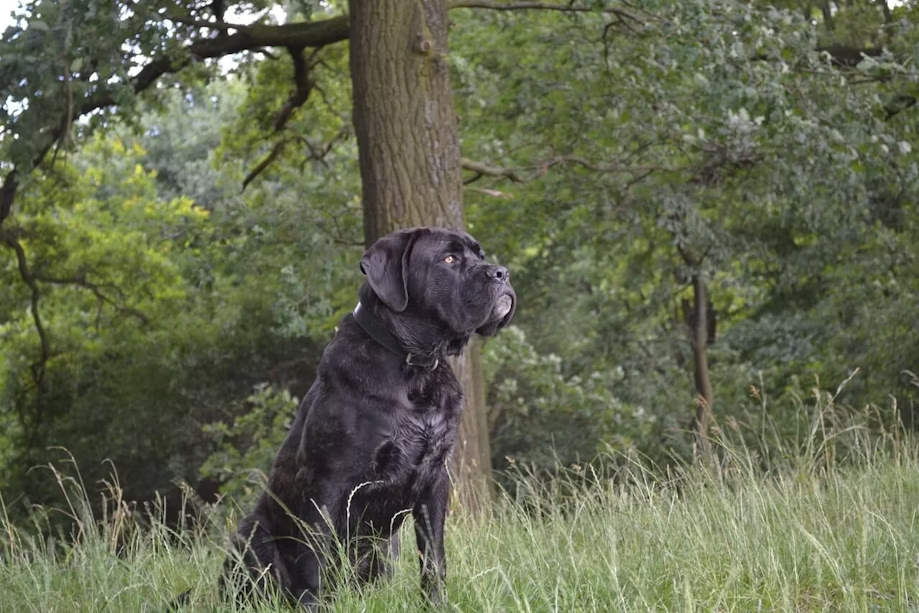
Loyal guard dogs
Throughout history, humans have used dogs to guard people and property. So, it’s no surprise that several breeds still possess loyal, fearless, and vigilant characteristics. And though Guard dog is a genetic breed group, breeds from other groups can also make exemplary protectors.
Breeds that make for loyal guard dogs include:
For more suggestions, check out the “Guard” genetic group in our Breed Library.
Since guard dogs are bred to protect—and most are big and strong—it’s critical to invest in training and socialisation.
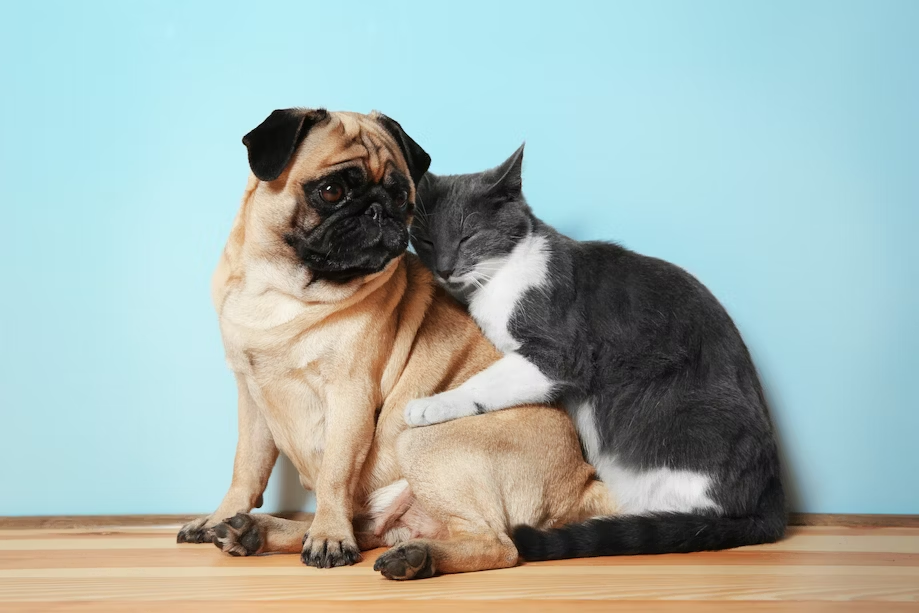
Dog breeds for multi-pet households
Despite what cartoons may suggest, dogs and cats can get along. So, if you already have a cat (or another animal) at home, don’t let that stop you from getting a dog.
The best dog breeds for cats and other animals include:
- Cavalier King Charles Spaniel
- Golden Retriever
- Beagle
- Great Pyrenees
- Poodle
- Maltese
- Chihuahua
- Basset Hound
- Pug
Which dog breeds should you avoid? Working terrier breeds, sighthounds, primitive-type breeds, and cattle-herding dogs were all bred to chase (and, in some cases, kill) animals or hunt for their own food. As a result, they tend to have a strong prey drive.
It’s sometimes possible for these breeds to get along with other critters, and each dog is an individual. But you must be very intentional about socialising them at an early age, and know that some pups can never be trusted around animals they might consider prey.
(Also, it’s not all about which breed you choose. Consider that it might take your other pets some time getting used to a new dog!)
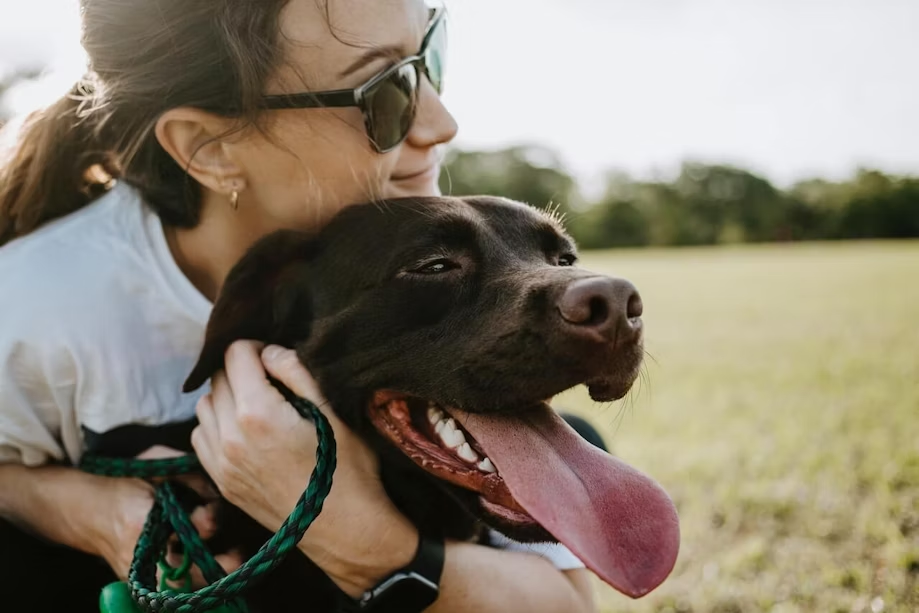
Affectionate dog breeds
Dogs show love in many ways. But—as anyone who’s received a slobbery kiss can attest—some breeds are more obvious about it than others.
If you’re wanting a pup to cuddle with, the most affectionate dog breeds include:
- Brussels Griffon
- Havanese
- Old English Sheepdog
- Bichon Frise
- Pekingese
- Golden Retriever
- Bulldog
- Boykin Spaniel
- Labrador Retriever
- Dobermann Pinscher
- Boxer
For more suggestions, check out the “Companion” genetic group in our Breed Library. There you’ll find several breeds that exist for the sole purpose of comforting their human counterparts and providing emotional support.
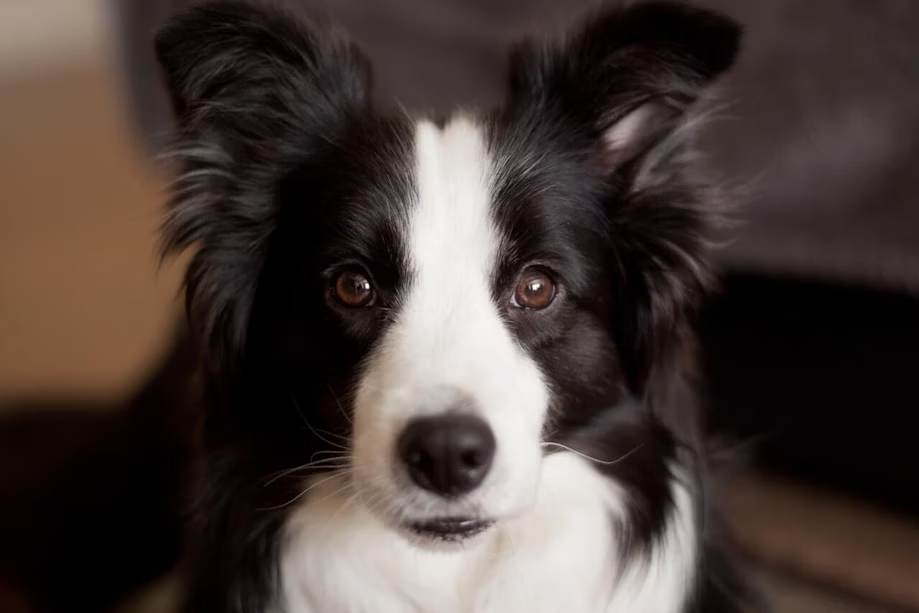
Smart dog breeds
If you want a canine that can learn commands and complicated tricks quickly, a big-brained breed may be right for you. But know that high IQ can also mean a badly behaved dog if you don’t meet their needs.
Without mentally stimulating activities, smart dogs tend to get bored—and then get into trouble. If you bring home a smart dog, be prepared to invest regularly in training throughout their life (or face the consequences: digging, missing shoes, etc.).
If you’re up for the challenge, here are some of the smartest dog breeds:
- Border Collie
- Dutch Shepherd Dog
- Poodle
- Lacy Dog
- German Shepherd
- McNab
- Golden Retriever
- Cardigan Welsh Corgi
- Dobermann Pinscher
- Belgian Tervuren
- Labrador Retriever
- Papillon
- Shetland Sheepdog
- Shiba Inu
- Mudi
- Airedale Terrier
- Australian Cattle Dog
And if you need ideas of how to keep your genius pup happy and engaged, take a look at these games you could play together.
Did you know? Because smart dogs often need a “job” to do, they are great choices for dog sports, such as agility.
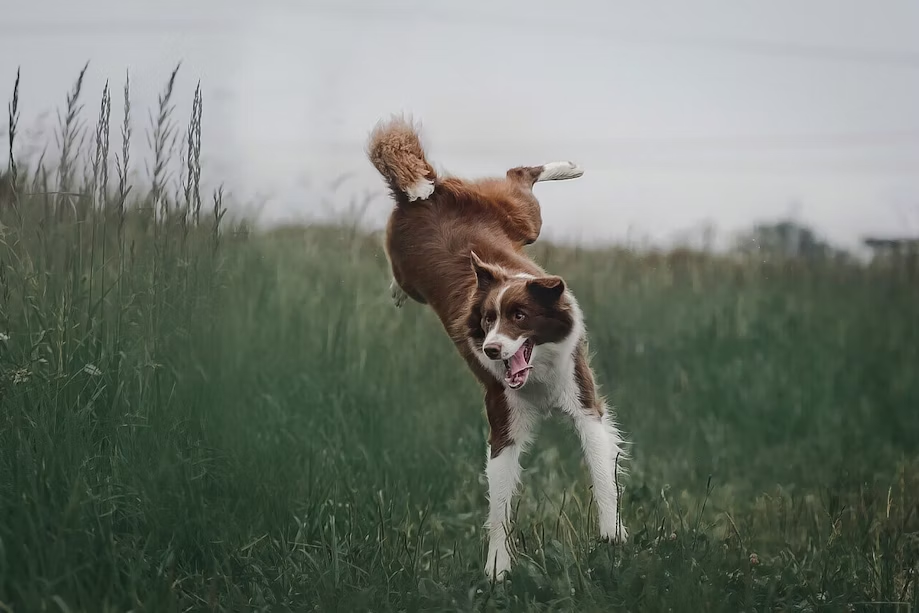
Fun-loving dog breeds
All dogs have their own endearing characteristics that cause us to fall head over heels. But in our minds, a few breeds stand out as loveable clowns that just make your days better and more joyful.
Our favorite goofballs with larger-than-life personalities include:
Many hounds also make for fun, quirky companions. Find those recommendations in our Breed Library under the “Hound” genetic group.
Commonly asked questions
How do I determine the energy level of a dog breed?
Reading up on dog breed profiles is a good way to determine energy level (and many other factors). Another great way to gather information is to talk with people who have breeds you are interested in. Ask them what their dog was like both as a puppy and in their adult years, and how much time per day they spend exercising their pup. And ideally, you’ll also be able to spend time around potential breed choices to see for yourself how their energy comes to life at different points of the day.
How do I know if a breed is easy to train?
The good news is that some of the most important factors that contribute to training success are in your control as the pet parent. They are: positive reinforcement, patience, and consistency. Still, some breeds are considered to be more trainable than others. When researching breeds, look for ones that are described as eager to please, able to follow verbal commands, and able to perform tasks consistently.
How can I determine a dog’s breed?
It’s very difficult to determine a dog’s breed by visual identification. There are a few methods you can use to guess, but the accuracy can vary greatly. Your best bets for determining a dog’s breed will be to find a reputable breeder who can provide pedigree documentation or to use a dog DNA test to determine their breed mix.
Find the best breed for you in our Breed Library.
We hope this primer on dog breeds has helped you narrow your options down to a few perfect pups.
Browse the breed library